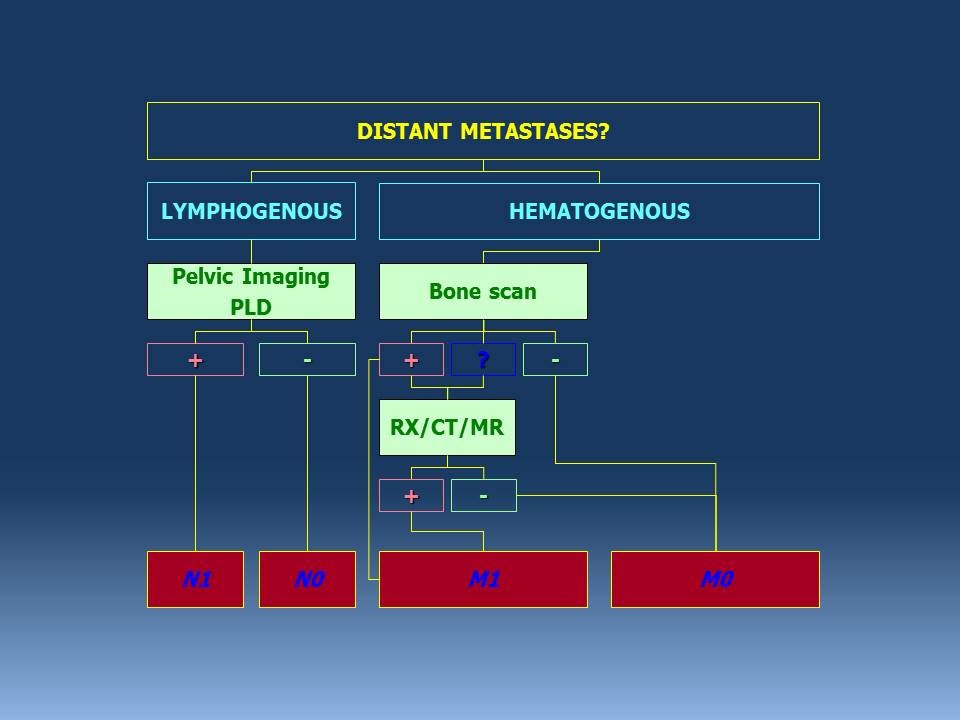Since proposed staging approaches often contradict each other, a multidisciplinary team from the University of Milan, Milano, Italy, National Institute of Health, Bethesda, MD, US, Settelaghi Hospital, Varese, Italy, and UZ University Hospital, Gent, Belgium critically assessed the several imaging techniques that are currently available for detection of lymph node, bone and visceral metastases. They highlighted new and emerging imaging methods directed to stage distant metastases of patients with PCa.
Moreover, based on the several studies discussed in this publication, the team led by Dr. Pesapane proposed an innovative approach (figure 1) that could represent the new standard for distance staging of prostate cancer.
Figure 1. A new standard for distance staging of prostate cancer.

Written By: Filippo Pesapane MD1, Marcin Czarniecki MD2, Matteo Basilio Suter MD3, Baris Turkbey MD2, Geert Villeirs MD, PhD4
1. Department of Health Sciences, Postgraduation School of Radiodiagnostic of Milan, Milan, Italy.
2. Molecular Imaging Program, National Cancer Institute, National Institutes of Health, Bethesda, MD, USA.
3. Department of Medical Oncology, ASST Sette laghi, Varese, Italy.
4. Department of Radiology, Ghent University Hospital, Ghent, Belgium.


